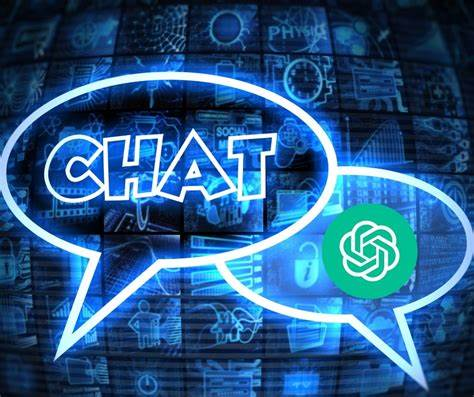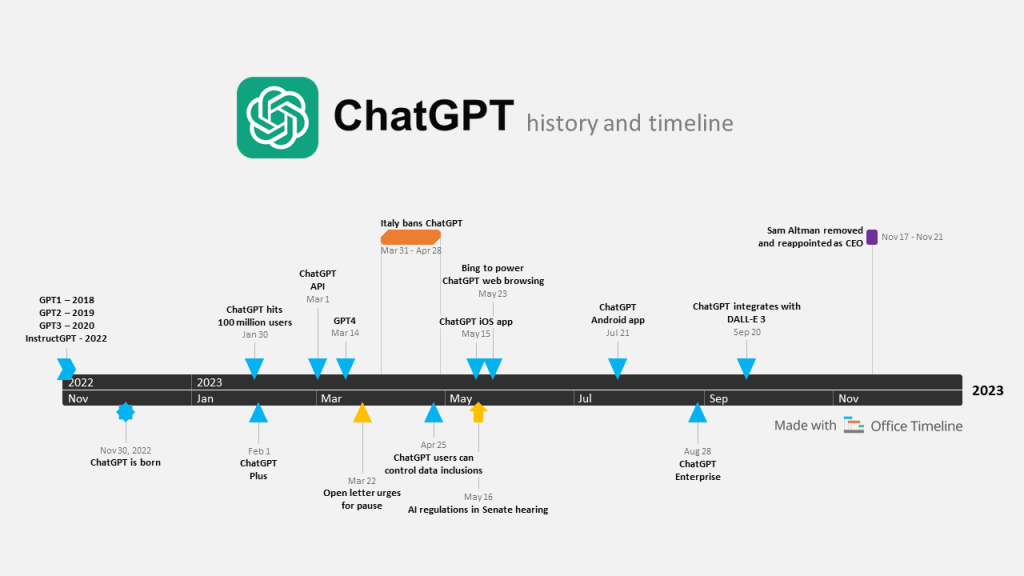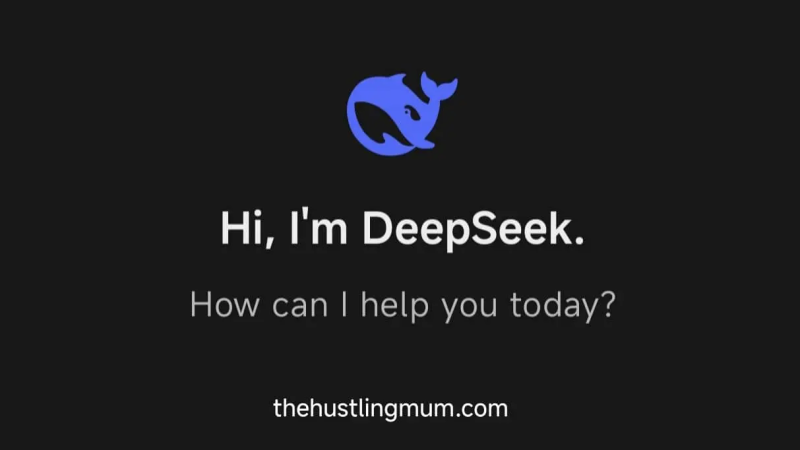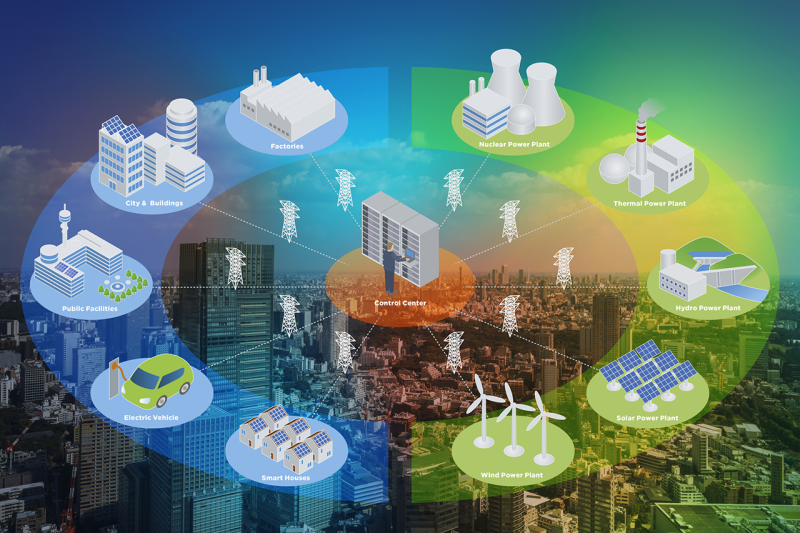Introduction to ChatGPT ChatGPT is an artificial intelligence (AI) chatbot that uses natural language processing to create human-like conversational dialogue. It was created by OpenAI, a leading AI research company, and launched in November 2022. The name “ChatGPT” stands for Chat Generative Pre-trained Transformer, which reflects its core technology and functionality.

Development History of ChatGPT Since its release, ChatGPT has undergone significant development and growth. In its early stage, it quickly gained attention for its ability to generate human-like text, with over one million users signing up within five days. Its initial impact was felt across various fields, including academia and media, due to its potential to revolutionize writing and content creation.
In recent years, ChatGPT has continued to evolve with major updates and strategic partnerships. By the end of 2024, it had reached 300 million weekly active users. Key milestones include the introduction of advanced models like GPT-4o, which enhanced voice capabilities, and the collaboration with Apple for the development of Apple Intelligence. These developments have further expanded ChatGPT’s reach and capabilities.

Achievements of ChatGPT ChatGPT’s achievements are notable in both user growth and market influence. Its rapid expansion to 300 million weekly active users by 2024 highlights its widespread adoption and popularity. In addition to its user base, ChatGPT has also garnered significant recognition in academic and industry circles. Its ability to pass exams in advanced courses, such as the final exam in a Wharton Business School operations management course, showcases its advanced language processing capabilities.
Technology Behind ChatGPT The core technology of ChatGPT is based on the Generative Pre-trained Transformer (GPT) architecture. This architecture uses specialized algorithms to find patterns within data sequences and generate human-like text. The training process involves using large amounts of online text data to teach the model the nuances of human language. Advanced models like GPT-4 have further enhanced its capabilities, allowing it to handle more complex tasks such as describing photos and generating detailed responses.
Applications of ChatGPT ChatGPT has a wide range of applications across different industries. In content creation, it can generate articles, social media posts, essays, and even code. In education, it serves as a learning tool, helping students with homework and providing explanations on various topics. For customer service, ChatGPT can assist in automating responses and providing support. In the healthcare sector, it has potential applications in medical information provision and self-health management, although concerns about reliability and ethics remain.
Challenges and Future Outlook Despite its achievements, ChatGPT faces several challenges. One major concern is the potential for generating misleading information, which can have serious implications in fields like healthcare. Privacy issues related to data handling and security are also a significant concern. Looking to the future, ChatGPT’s development will likely focus on improving accuracy, enhancing user interaction, and addressing ethical considerations.
Conclusion ChatGPT has come a long way since its launch in 2022. Its development history, achievements, underlying technology, and diverse applications all contribute to its status as a groundbreaking AI tool. While challenges remain, the future of ChatGPT holds promise for further innovation and impact in various fields.
Recently Popular Questions and Answers
- How has ChatGPT’s user base grown over time? ChatGPT has experienced remarkable user growth, reaching 300 million weekly active users by the end of 2024.
- What are the key features of the GPT architecture used by ChatGPT? The GPT architecture is a type of neural network designed for natural language processing tasks. It uses specialized algorithms to find patterns within data sequences and generate human-like text.
- How does ChatGPT handle complex tasks like image description? Advanced models like GPT-4 have enhanced capabilities to handle complex tasks such as describing photos and generating detailed responses.
- What are the main challenges facing ChatGPT currently? The main challenges include generating misleading information, system outages, copyright infringement, and data privacy concerns.
- How is ChatGPT being used in the healthcare sector? ChatGPT is being explored for applications in medical information provision and self-health management. However, concerns about the reliability of its information and ethical issues remain.
- What is the future outlook for ChatGPT? The future of ChatGPT is likely to focus on improving accuracy, enhancing user interaction, and addressing ethical considerations to ensure its safe and practical application.
References
ChatGPT’s 2024-2025 Evolution: Everything You Need to KnowHealthcare professionals and the public sentiment analysis of ChatGPT in clinical practiceChatGPT | Definition & Facts | BritannicaWhat Is ChatGPT? Everything You Need to Know – TechTargetWhat is ChatGPT? Everything you need to know about the AI …





